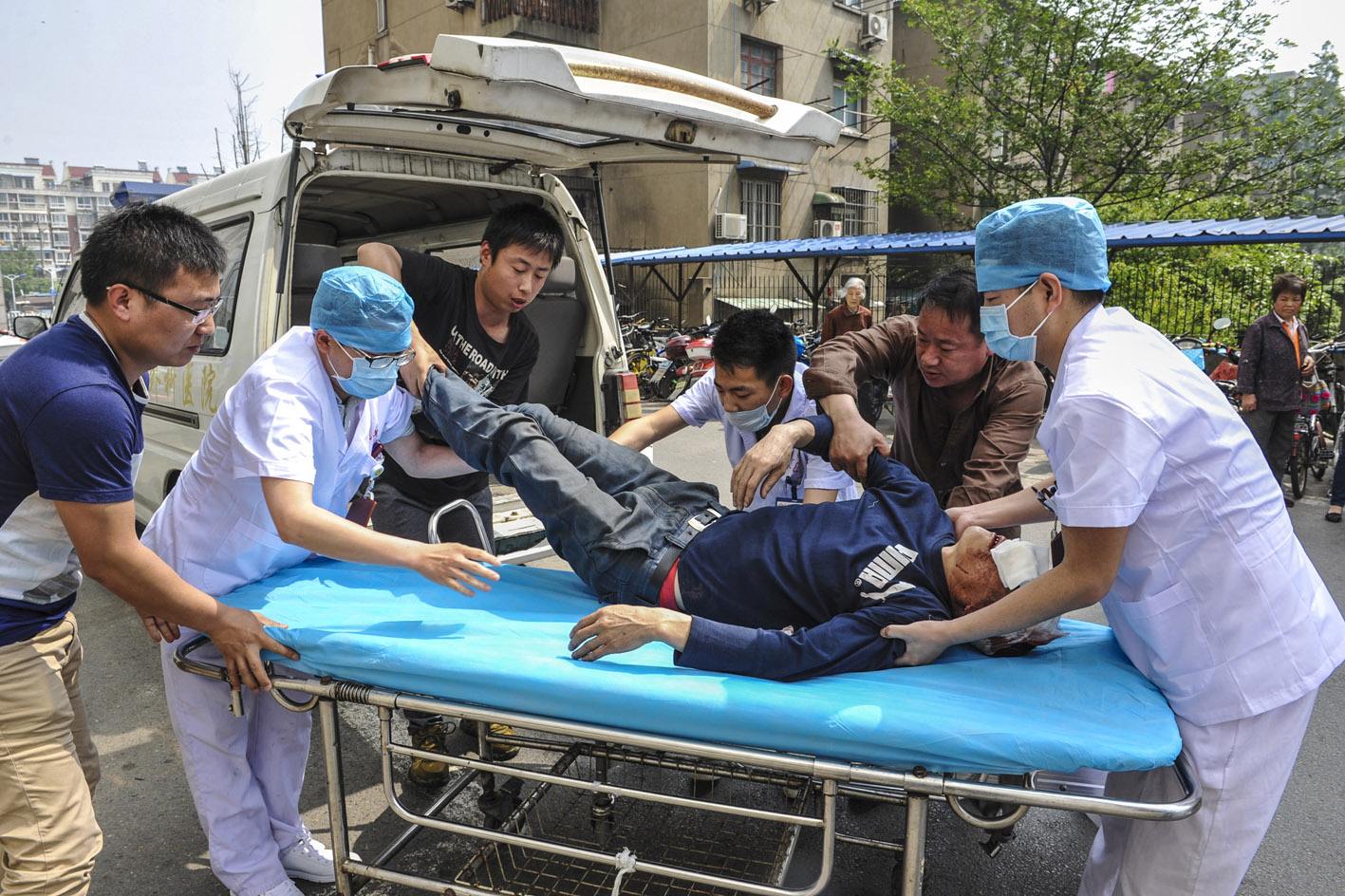Emergency Surgery Common Disease Diagnosis and Treatment Routine

Concussion
Overview Concussion is the lightest type of brain injury characterized by a transient disturbance of consciousness following head trauma,
Forget the lack of performance of the nervous system. In the past that "only a transient brain dysfunction without definite organic damage."
In modern times, it is thought that the functional activation of the brain stem ascending reticular system leads to disturbance of consciousness, and there is a change in subcellular structure and molecular level
change.
Clinical manifestations
1. Immediate loss of consciousness immediately after traumatic brain injury, usually less than half an hour, occasionally confused or trance you.
2. Often headache, nausea, vomiting, dizziness, photophobia, fatigue and other symptoms.
3. Obvious recent forgotten (retrograde amnesia) phenomenon.
Diagnostic points
1. Mostly unconsciousness no more than half an hour.
2. There are retrograde amnesia, accompanied by headache, nausea, vomiting, dizziness and other symptoms.
3. After injury may have autonomic nervous function disorder performance.
4. No positive signs of nervous system.
5 head CT scan and lumbar puncture are normal.
Treatment programs and principles
1. The wounded to rest, observation-based.
2. Symptomatic treatment, appropriate administration of painkillers and analgesics and drugs to improve brain blood supply.
Disposal
1. Close observation of consciousness, pupils and vital signs 24 to 48 hours, until the stable condition can go home to rest.
2. Many reasons can not stay, should explain to family members matters needing attention, if any abnormal rapid referral.
3 bed rest for a week to persuade the casualties do not over-gather or have the fear of concussion sequelae, enhance the confidence of rehabilitation.
Disposal
1. Close observation of consciousness, pupils and vital signs 24 to 48 hours, until the stable condition can go home to rest.
2. Many reasons can not stay, should explain to family members matters needing attention, if any abnormal rapid referral.
3 bed rest for a week to persuade the wounded do not be too nervous or have the fear of concussion sequelae and enhance the confidence of rehabilitation.
Precautions
1. With the typical performance of the concussion of the wounded, there is still the possibility of secondary craniocerebral injury.
2. To concussion and mild cerebral contusion sometimes more difficult to identify.
3. avoid the use of morphine and other drugs during the observation period.
4. After the injury symptoms should pay attention to psychological counseling and interpretation.
Source:Â AEM Editorial Office

